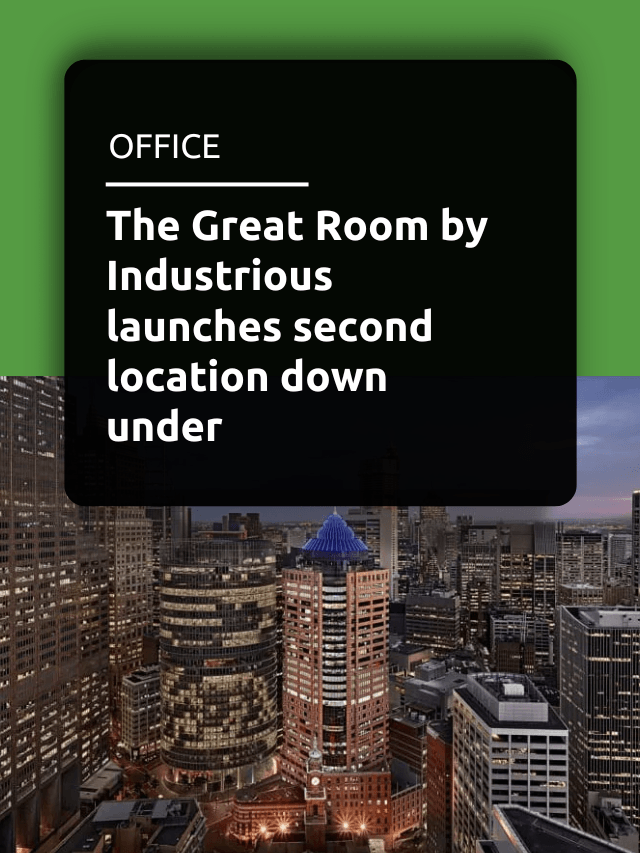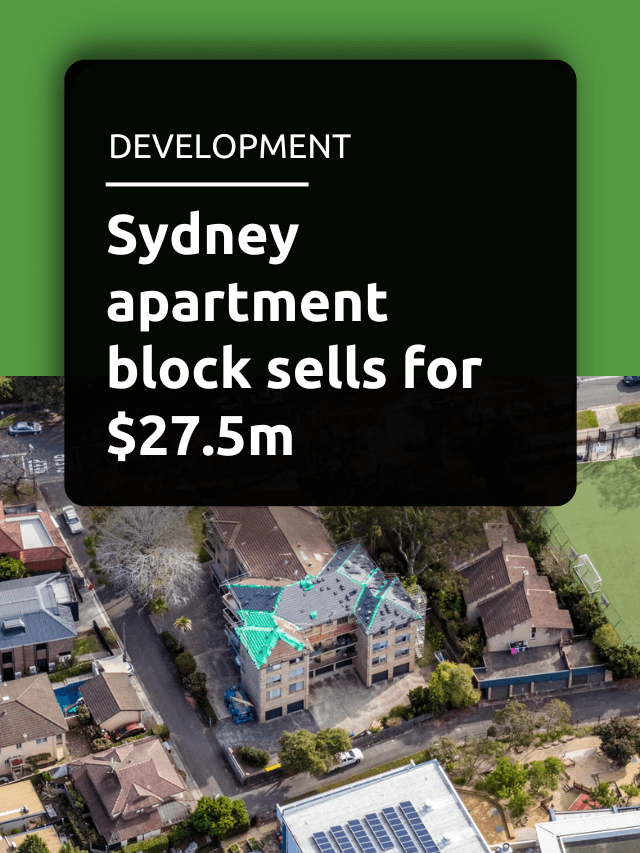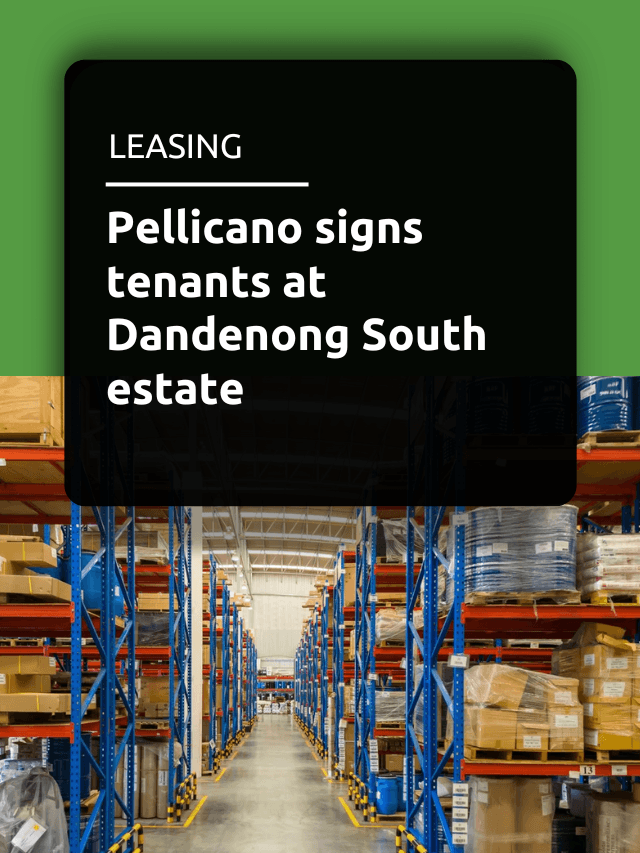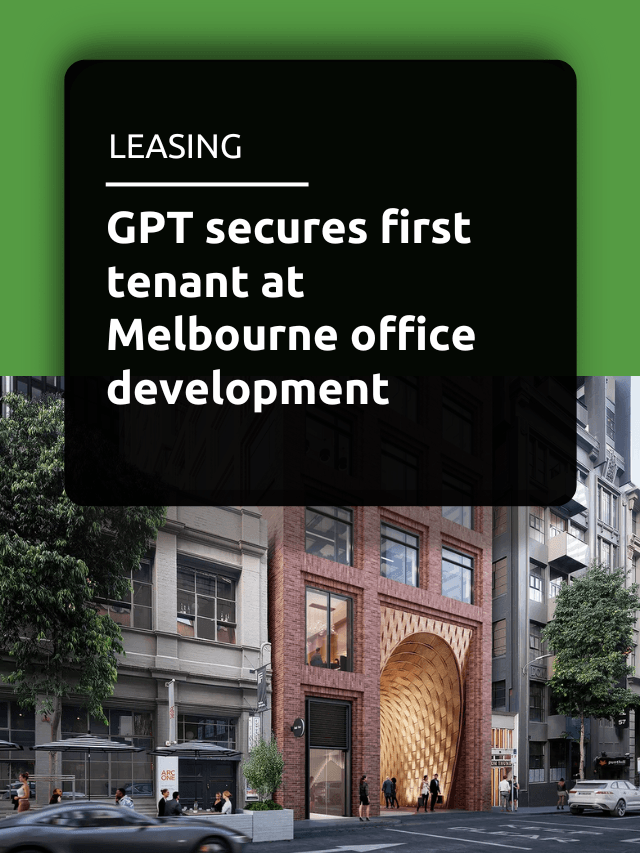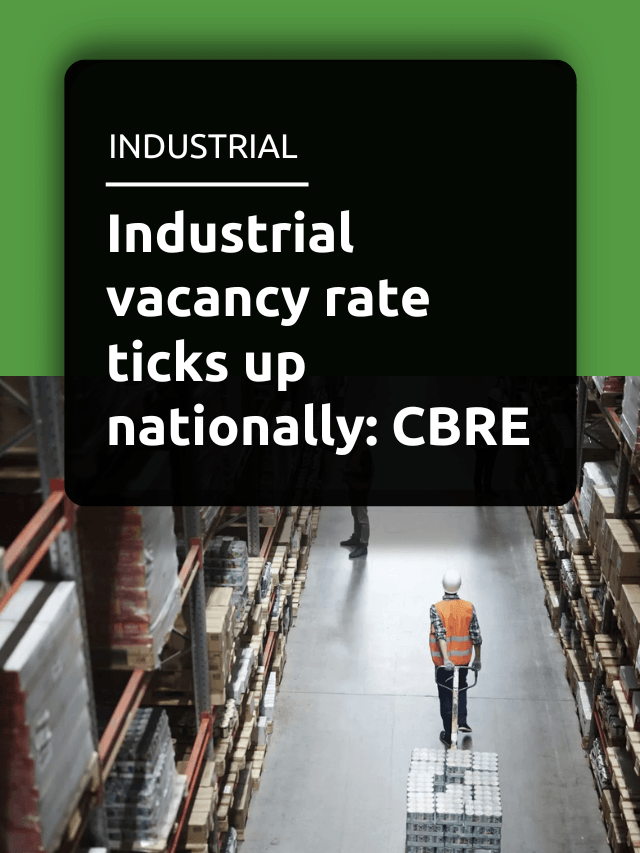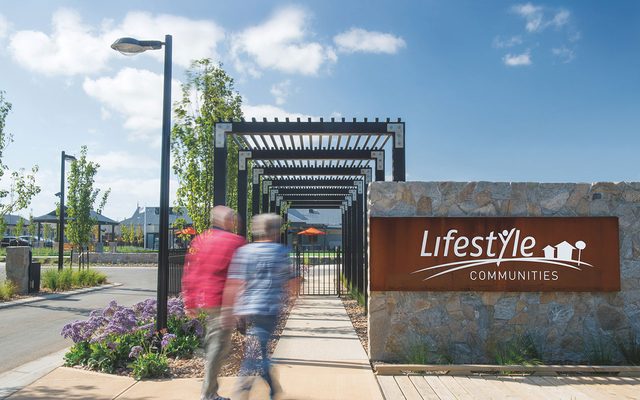This article is from the Australian Property Journal archive
THE National Housing Survey has been released and the Community Housing Industry Association (CHIA) believes the results say a lot about the effects of social housing.
The survey reveals that social housing provided economic benefits to 97% of tenants, health benefits to 96% and social benefits to 93%. With such a large number benefitting positively from social and affordable housing, CHIA has said that they should receive more attention, especially in the Housing Australia Future Fund (HAFF).
The CHIA believes that the Housing Australia Future Fund pledged by the Labor Government needs to be increased with an annual top-up to cover more ground in social and affordable housing. The fund is already set to have $10 billion invested into it but with growing demand, Australia needs to build around 12,000 new social and affordable homes per year to keep up.
Recent data from AHURI reveals Australia needs 36,000 affordable social housing properties per annum, but was delivering only 3,000 each year prior to the onset of COVID. According to analysis by Duncan Rouch, a researcher affiliated with the Victorian Greens’ housing and homelessness working group, there are approximately 119,350 people on multiyear waitlist for social housing, and that is a conservative estimate.
Community Housing Industry CEO Wendy Hayhurst echoes what the survey demonstrates about social housing.
“This survey clearly shows that social housing has a hugely positive impact on tenants’ lives,” she said.
“It comes as no surprise that having a safe and affordable place to call home improves economic, health and social wellbeing for the vast majority of tenants.”
Despite public housing holding a significantly larger number of residents in comparison to community housing, the latter has received higher praise.
“Community housing organisations received the highest satisfaction rating (76%) of all the types of social housing providers.”
“That said, the sector is in no way complacent and continually seeking ways to improve our services to tenants,” she added.
Chairman of CHIA, Andrew Hannan says that government investment allows many more houses to be developed.
“We already have 6,000 new homes in the pipeline and the capability to develop, build and manage thousands more with government investment that also incentivises the superannuation funds to put in dollars too.”
A Housing For All Australians (HAA) report, Give Me Shelter, found that the national average benefit-cost ratio (BCR) for Australia in providing adequate social and affordable housing infrastructure is 2:1. In other words, for every $1 invested to drive the delivery of public, social and affordable housing, the Australian community saves $2 in future costs. This rate of return is comparable to, or better than, those achieved in many other major investments in infrastructure including Melbourne Metro (1.5:1) and the M12 Motorway Sydney.
Former Stockland CEO Mark Steinert warned that if nothing changes, the health, education, productivity and crime costs borne by the community as a result of this unmet housing need is estimated to reach $25 billion per year.



